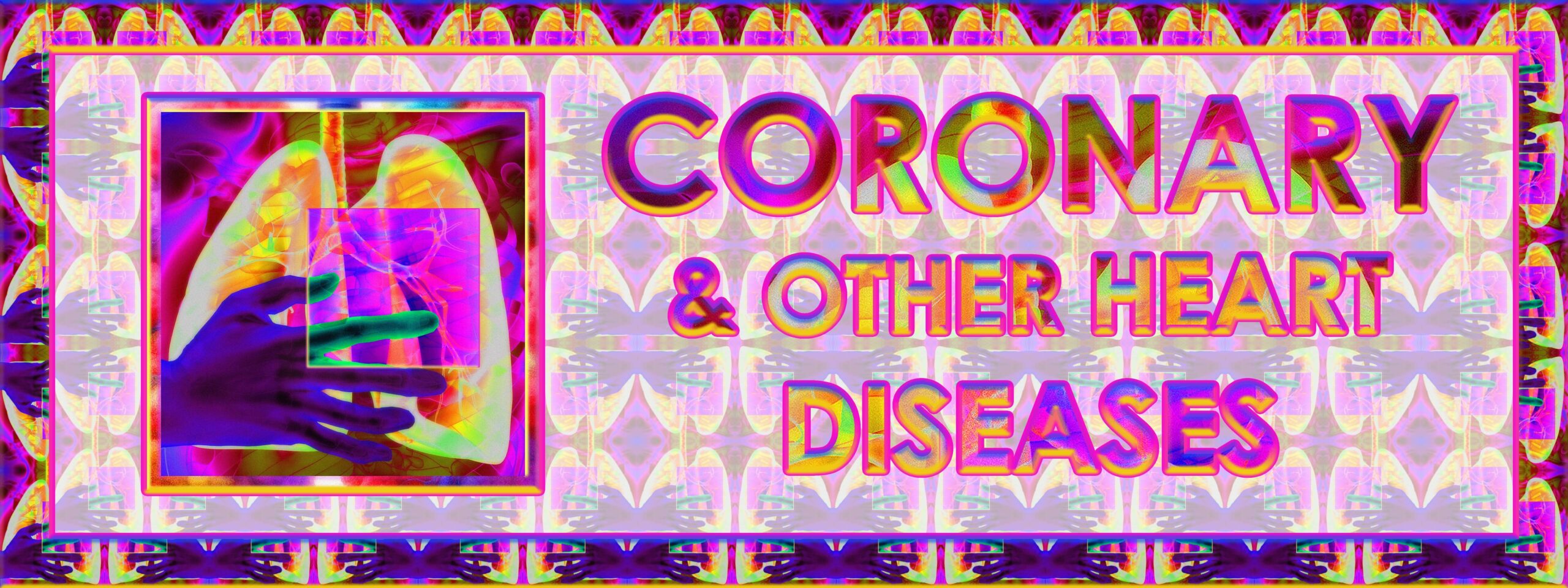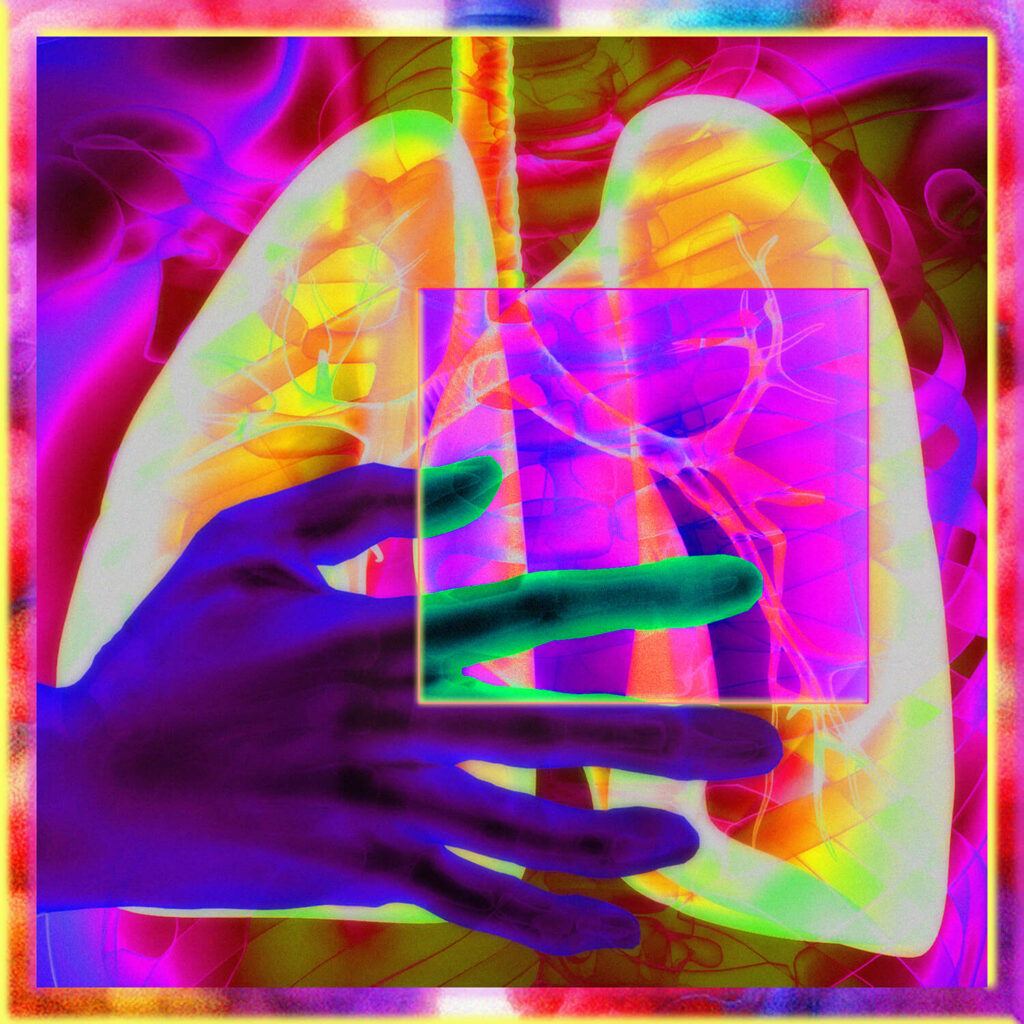Menu

Heart disease refers to a wide range of conditions that affect the heart’s structure and function including but definitely not limited to coronary artery disease, myocardial infarction (heart attack), arrhythmias, heart failure, valvular heart disease, congenital heart defects, and peripheral arterial disease.
Besides being the leading cause of death in the world, many of the symptoms of cardiovascular disease including shortness of breath and chest pain or pressure can be similar to those of respiratory disease and so care must be taken to ensure that you are getting the right diagnosis or diagnoses.
Heart disease refers to a wide range of conditions that affect the heart’s structure and function including but definitely not limited to coronary artery disease, myocardial infarction (heart attack), arrhythmias, heart failure, valvular heart disease, congenital heart defects, and peripheral arterial disease.
Besides being the leading cause of death in the world, many of the symptoms of cardiovascular disease including shortness of breath and chest pain or pressure can be similar to those of respiratory disease and so care must be taken to ensure that you are getting the right diagnosis or diagnoses.

Lorem ipsum dolor sit amet, consectetur adipiscing elit. Ut elit tellus, luctus nec ullamcorper mattis, pulvinar dapibus leo.

Lorem ipsum dolor sit amet, consectetur adipiscing elit. Ut elit tellus, luctus nec ullamcorper mattis, pulvinar dapibus leo.

Lorem ipsum dolor sit amet, consectetur adipiscing elit. Ut elit tellus, luctus nec ullamcorper mattis, pulvinar dapibus leo.

When it comes to risk stratification, the three things that should be considered most are coronary insufficiency, arrhythmia, and heart failure.
Coronary Insufficiency refers to the circulatory system of the heart and includes coronary artery disease or CAD, angina, and myocardial infarction (heart attack). It is caused by the buildup of plaque in the coronary arteries, the blood vessels that supply the heart muscle with blood and oxygen.
Arrhythmia has to do with the electrical system of the heart and can include irregular heartbeats or rhythms that can be too fast (tachycardia), too slow (bradycardia), or rhythms that can be irregular or erratic in other ways.
Heart failure refers to a condition in which the heart is unable to pump blood effectively. This can occur due to an inability to contract effectively or the inability to relax and therefore, fill effectively.
It is also important to realize that any one of the above can lead to any of the others and can also have overlapping manifestations with lung disease.
Symptoms of heart disease vary depending on the specific condition but may include chest pain or discomfort, or an increased pressure or squeezing feeling in the chest, shortness of breath, irregular heartbeat or palpitations, dizziness or lightheadedness, fatigue, or swelling in the ankles or feet.
